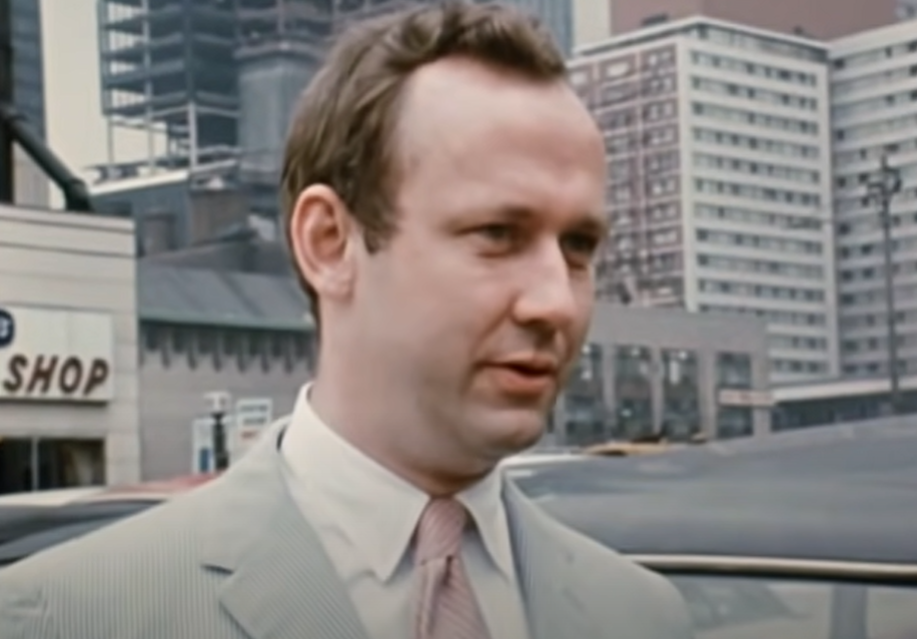Donald Elliott, planning visionary and Brooklyn Heights resident, dies at 89

Donald H. Elliott, Brooklyn Heights resident and chair of the City Planning Commission in the late 1960s and early 1970s, died last Thursday at his home at age 89.
In his focus on small business, neighborhood preservation and keeping local residents in their homes, as seen in the 1969 Department of City Planning promotional film, “What Is the City But the People,” he and his colleagues praised brownstone neighborhoods like Park Slope, criticized “hack development” in places like Staten Island and the suburbs, and praised programs like Model Cities that were meant to encourage development in inner-city areas like Bed-Stuy.
This represented a break with the philosophy of Robert Moses, who concentrated on massive, functional-looking development and often was indifferent to the number of people he displaced.

Brooklyn Boro
View MoreNew York City’s most populous borough, Brooklyn, is home to nearly 2.6 million residents. If Brooklyn were an independent city it would be the fourth largest city in the United States. While Brooklyn has become the epitome of ‘cool and hip’ in recent years, for those that were born here, raised families here and improved communities over the years, Brooklyn has never been ‘uncool’.